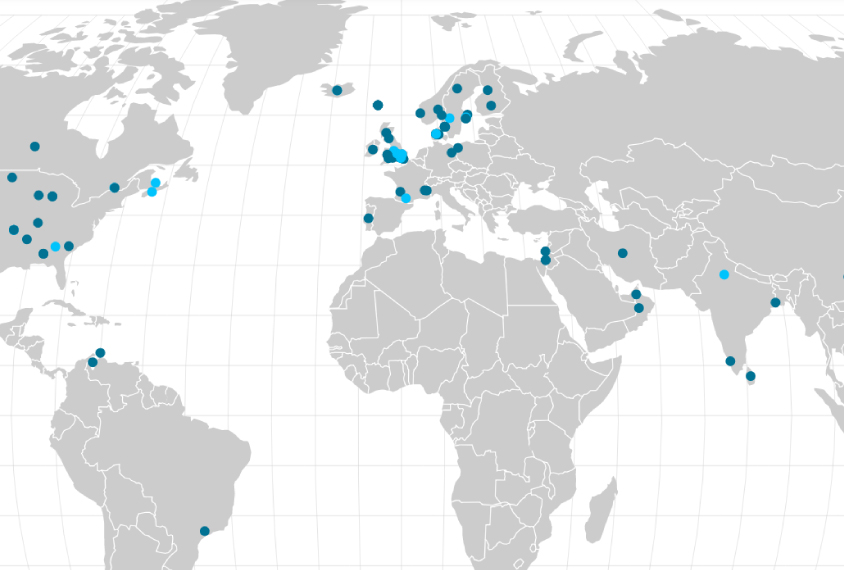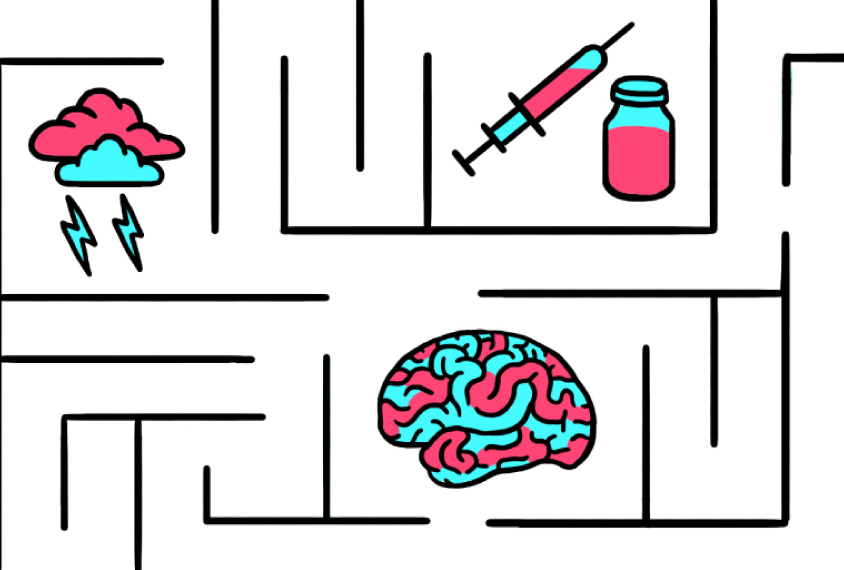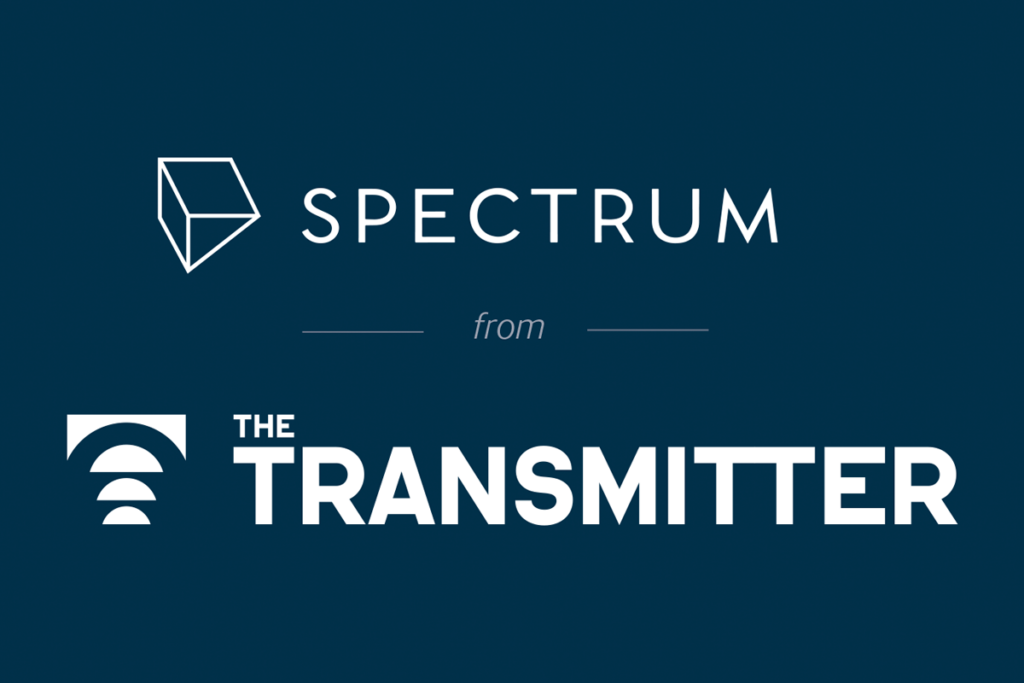Fact sheet: Autism prevalence
Recent articles
Explore changes in the diagnosis over time, global differences, the role of genes and the environment, and more.
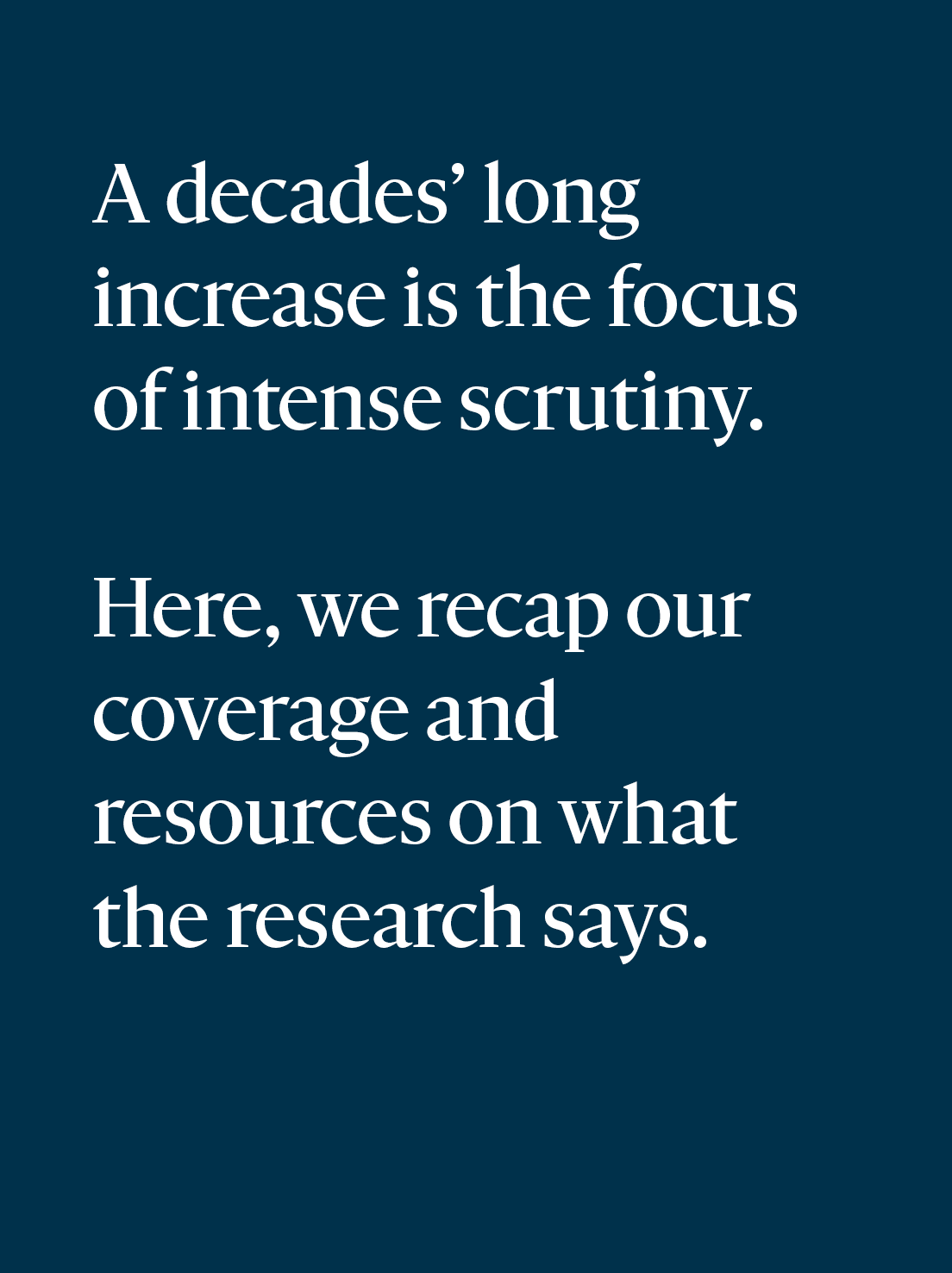
FEATURED

Autism by the numbers: Explaining its apparent rise
Prevalence research

Autism prevalence increasing in children, adults, according to electronic medical records

U.S. study charts changing prevalence of profound and non-profound autism

Inconsistent prevalence estimates highlight studies’ flaws

The evolution of ‘autism’ as a diagnosis, explained

U.S. autism prevalence continues to rise as race and sex gaps shrink, new stats show

Autism prevalence in the United States, explained

Racial, economic disparities skew New Jersey data on autism, intellectual disability
Environmental factors

Environmental factors unlikely to account for rise in autism prevalence

Acetaminophen use during pregnancy does not increase child’s chance of having autism, study finds

Journal club: Does lithium in drinking water contribute to autism?
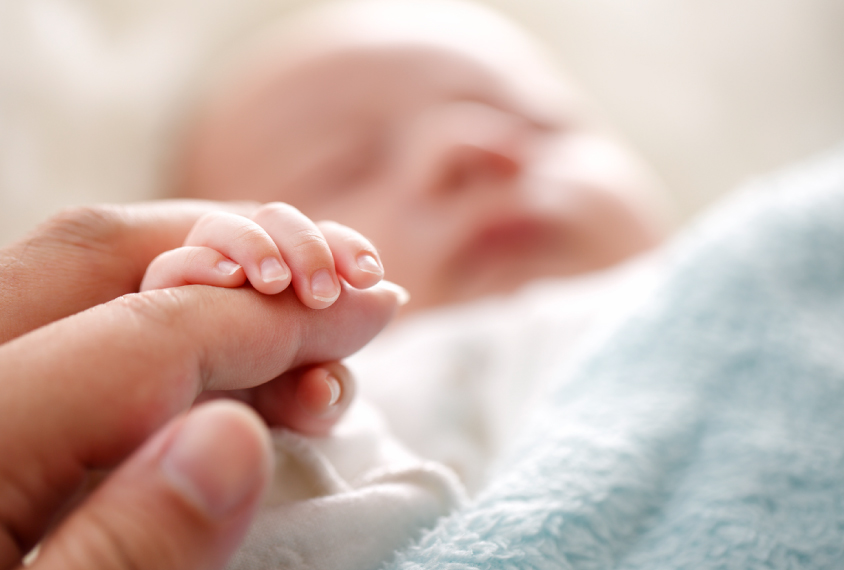
Whooping cough vaccine during pregnancy carries no risk of autism
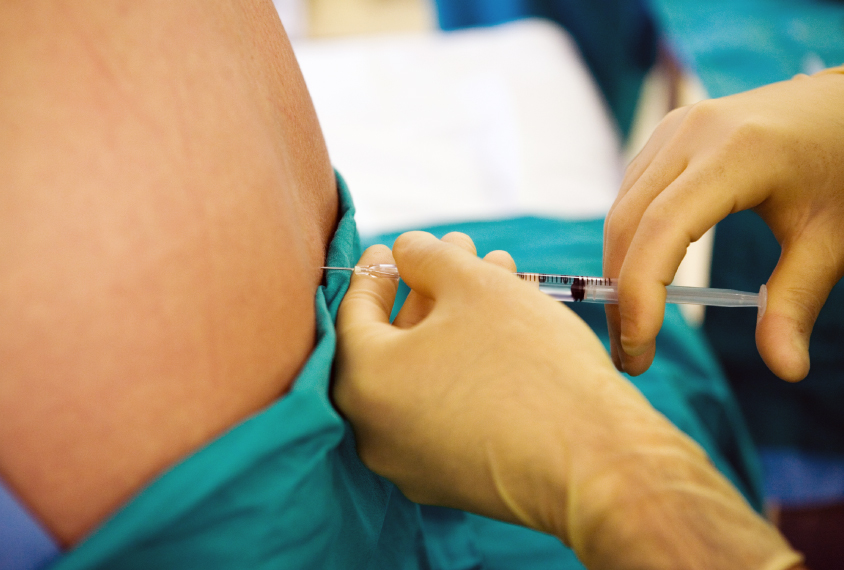
No link between epidurals and autism, two studies confirm
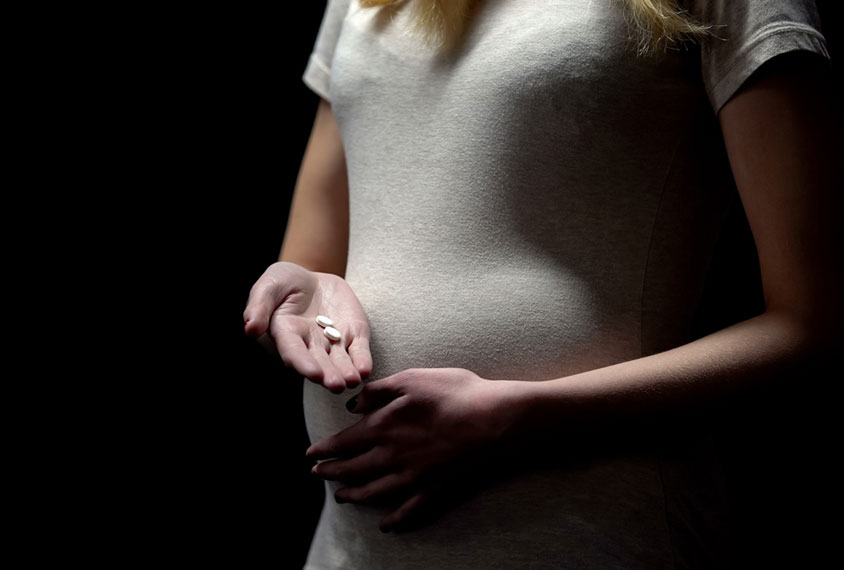
Prenatal exposure to antipsychotic medication does not increase odds of autism, ADHD

The link between parental age and autism, explained

Majority of autism risk resides in genes, multinational study suggests
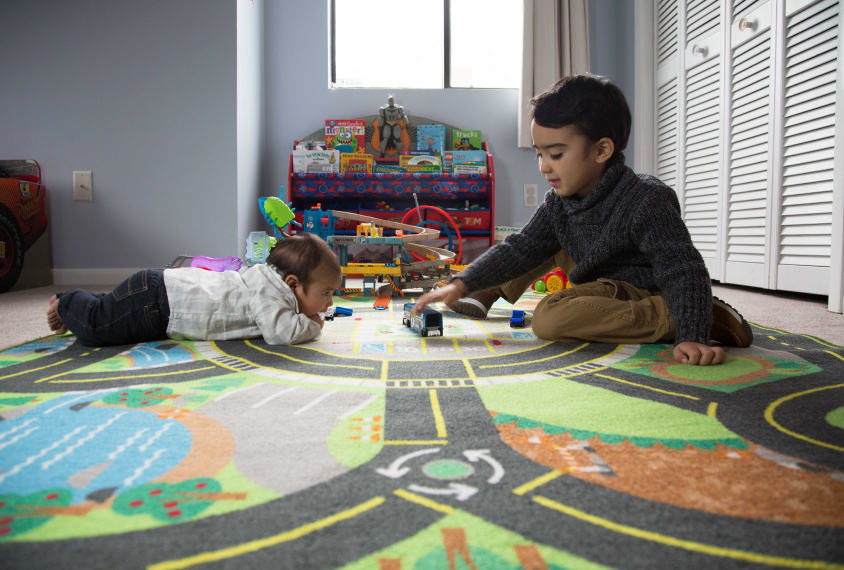
How pregnancy may shape a child’s autism
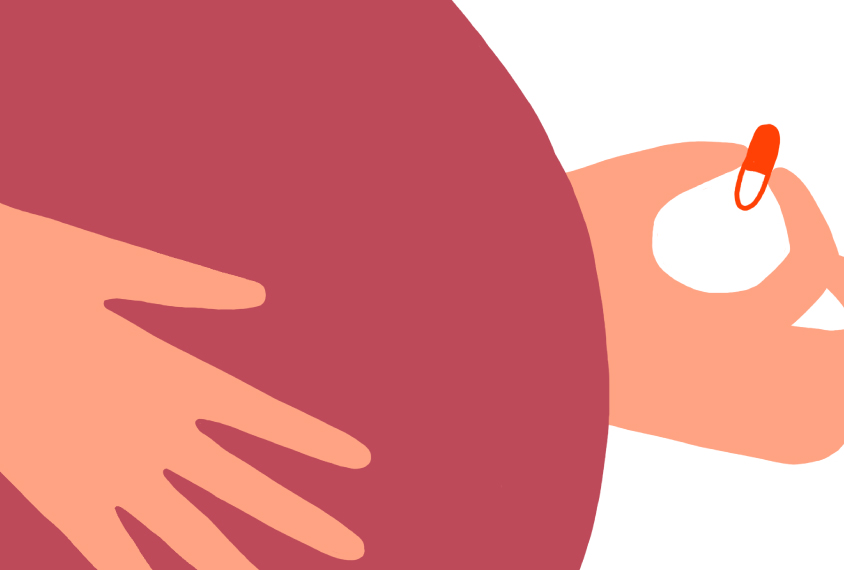
The link between antidepressants and autism, explained
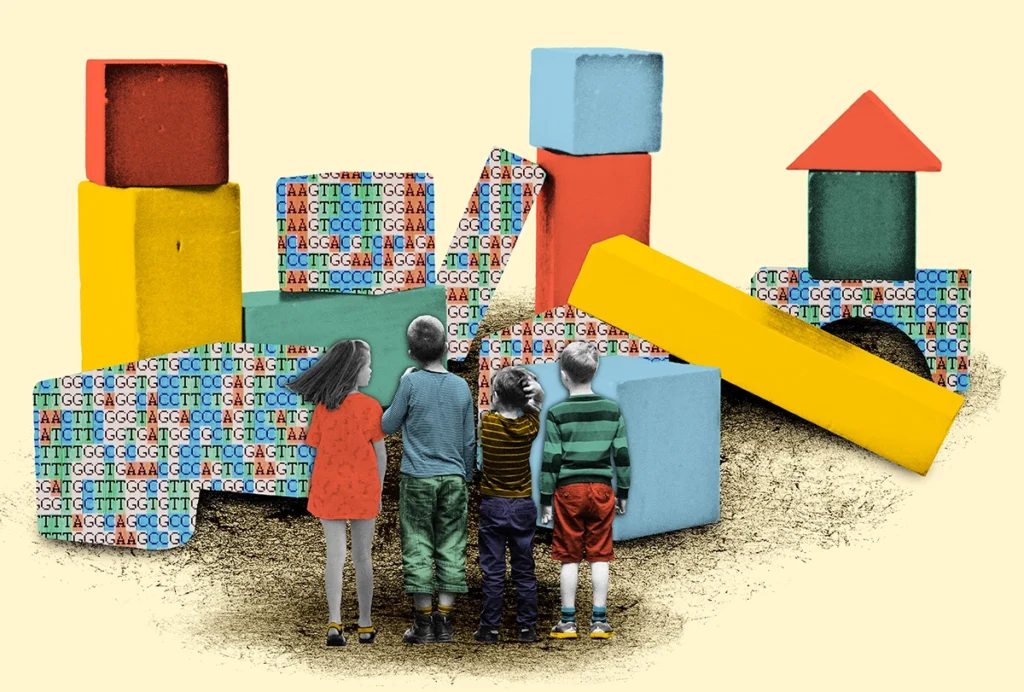
Autism is more heritable in boys than in girls
Vaccines
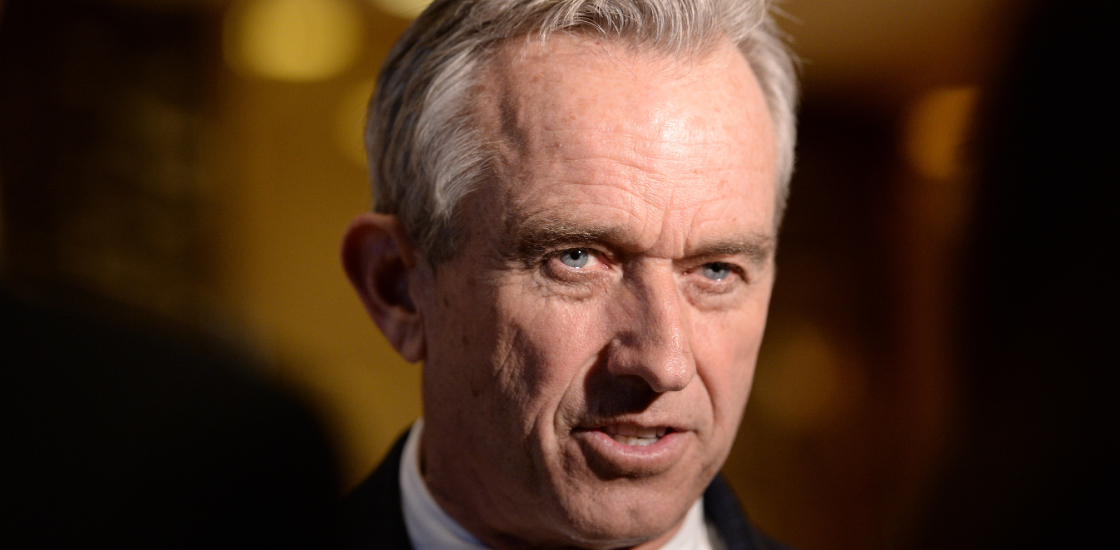
Smoke, mirrors and Robert Kennedy Jr.’s vaccine safety panel
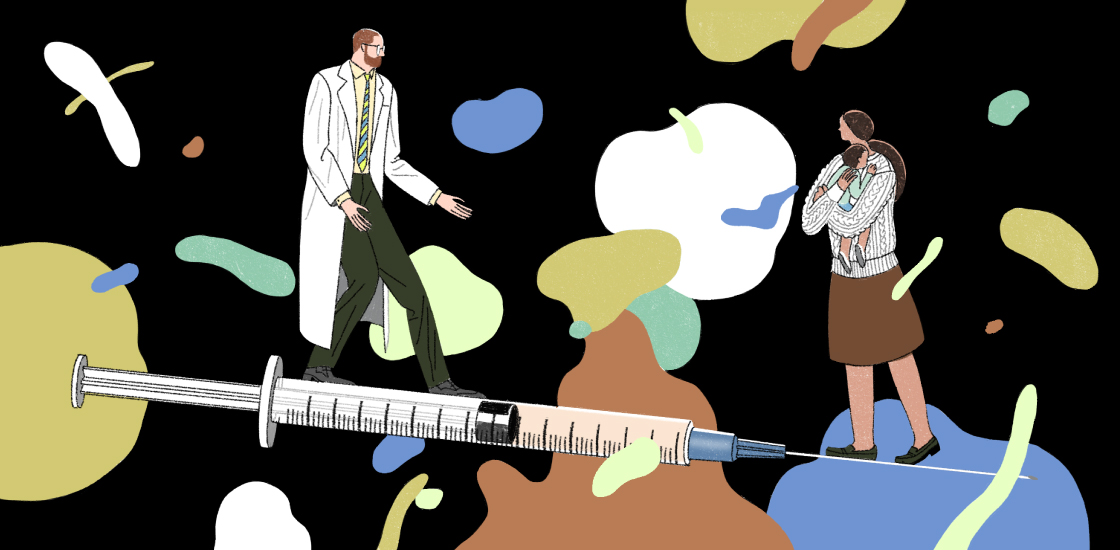
Vaccination: Costly clash between autonomy, public health
Additional stories
U.S. autism prevalence inches upward as racial gaps close
Autism prevalence in the United States rose to 1 in 44 children in 2018, up from 1 in 54 in 2016.
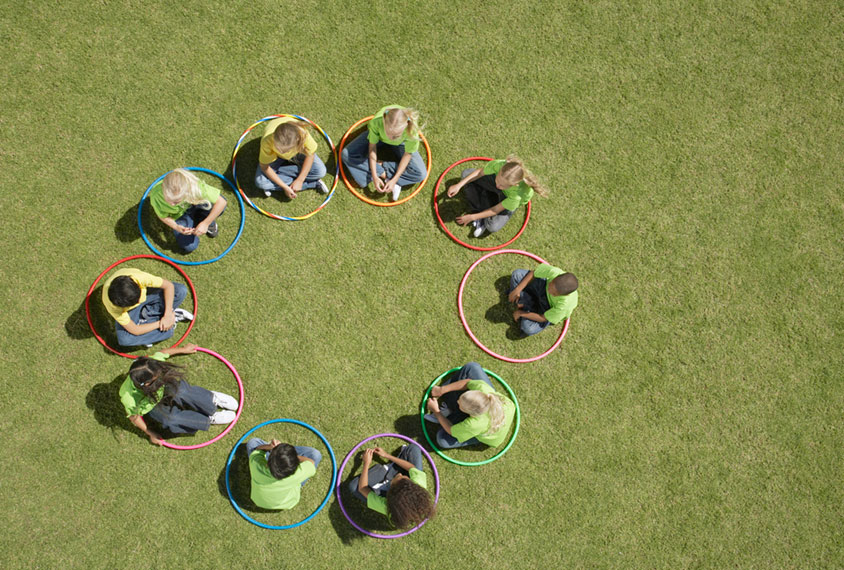
U.S. autism prevalence inches upward as racial gaps close
Autism prevalence in the United States rose to 1 in 44 children in 2018, up from 1 in 54 in 2016.
New U.S. data show similar autism prevalence among racial groups
Autism prevalence in the United States continues to rise, according to a new study of 8-year-old children in 11 states. Boys are 4.3 times as likely as girls are to have autism, a ratio that is consistent with previous estimates.

New U.S. data show similar autism prevalence among racial groups
Autism prevalence in the United States continues to rise, according to a new study of 8-year-old children in 11 states. Boys are 4.3 times as likely as girls are to have autism, a ratio that is consistent with previous estimates.
Prevalence estimates for autism indicate bias against non-white groups
Estimates for autism's prevalence in three U.S. states reveal significant inequalities in how children of different races and ethnicities are counted and assessed.

Prevalence estimates for autism indicate bias against non-white groups
Estimates for autism's prevalence in three U.S. states reveal significant inequalities in how children of different races and ethnicities are counted and assessed.
New autism diagnoses shifting toward mild end of spectrum
Although the number of people diagnosed with autism is on the rise, the proportion with severe features has dropped since 2000.

New autism diagnoses shifting toward mild end of spectrum
Although the number of people diagnosed with autism is on the rise, the proportion with severe features has dropped since 2000.
Autism incidence in England varies by ethnicity, class, location
High rates of autism are linked to lower socioeconomic status and minority ethnic groups, according to the largest-ever autism incidence study.
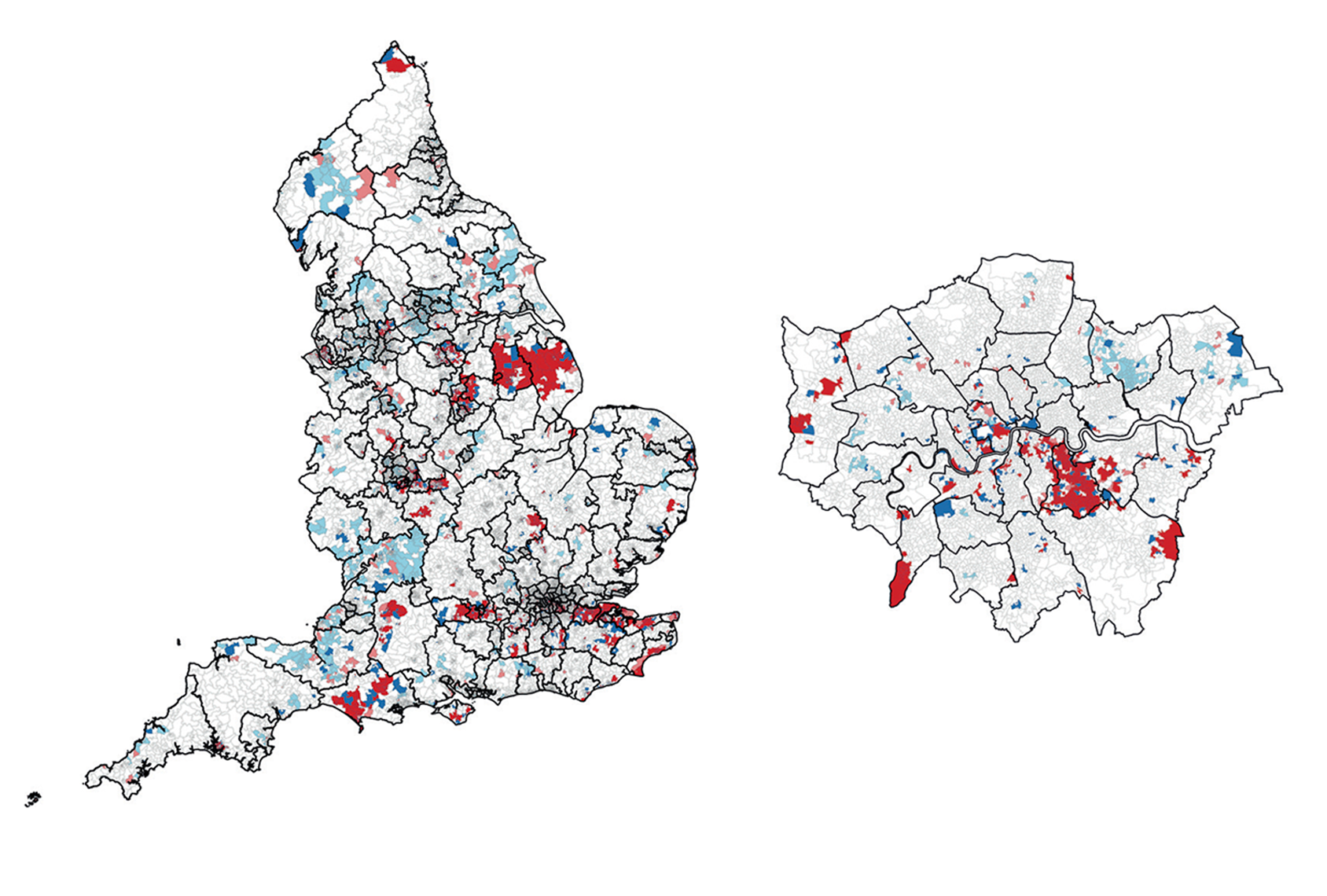
Autism incidence in England varies by ethnicity, class, location
High rates of autism are linked to lower socioeconomic status and minority ethnic groups, according to the largest-ever autism incidence study.
High prevalence of developmental delay strains Australia’s support systems
The nation needs to build capacity to support the roughly 20 percent of children in Australia who have developmental delay.

High prevalence of developmental delay strains Australia’s support systems
The nation needs to build capacity to support the roughly 20 percent of children in Australia who have developmental delay.
Controversial ‘cost of autism’ paper retracted
The journal’s decision comes two years after Spectrum covered backlash from researchers over the study.

Controversial ‘cost of autism’ paper retracted
The journal’s decision comes two years after Spectrum covered backlash from researchers over the study.
Turner syndrome tied to autism
Most people with the X-linked syndrome have autism traits, and about one-quarter meet diagnostic criteria for the condition.

Turner syndrome tied to autism
Most people with the X-linked syndrome have autism traits, and about one-quarter meet diagnostic criteria for the condition.
Population study downgrades some copy number variants’ impact on autism
Some copy number variants may boost a person’s chances of having autism, but to a lesser extent than previously thought.

Population study downgrades some copy number variants’ impact on autism
Some copy number variants may boost a person’s chances of having autism, but to a lesser extent than previously thought.
Autism without intellectual impairments more common than previously reported
Almost 60 percent of autistic people may have an average or above-average intelligence quotient, according to a new longitudinal study.
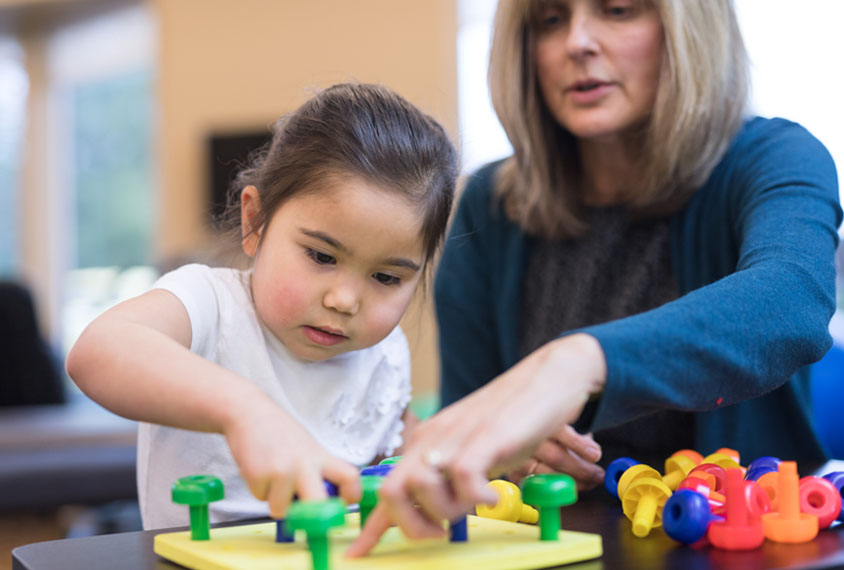
Autism without intellectual impairments more common than previously reported
Almost 60 percent of autistic people may have an average or above-average intelligence quotient, according to a new longitudinal study.
Explore more from The Transmitter
Mitochondrial ‘landscape’ shifts across human brain
Evolutionarily newer regions sport mitochondria with a higher capacity for energy production than older regions, according to the first detailed map of the organelles in a tissue slice, adding to mounting evidence that the brain features a metabolic gradient.

Mitochondrial ‘landscape’ shifts across human brain
Evolutionarily newer regions sport mitochondria with a higher capacity for energy production than older regions, according to the first detailed map of the organelles in a tissue slice, adding to mounting evidence that the brain features a metabolic gradient.
Expediting clinical trials for profound autism: Q&A with Matthew State
Aligning Research to Impact Autism, a new initiative funded by the Sergey Brin Family Foundation, wants to bring basic science discoveries to the clinic faster.

Expediting clinical trials for profound autism: Q&A with Matthew State
Aligning Research to Impact Autism, a new initiative funded by the Sergey Brin Family Foundation, wants to bring basic science discoveries to the clinic faster.
This paper changed my life: Shane Liddelow on two papers that upended astrocyte research
A game-changing cell culture method developed in Ben Barres’ lab completely transformed the way we study astrocytes and helped me build a career studying their reactive substates.
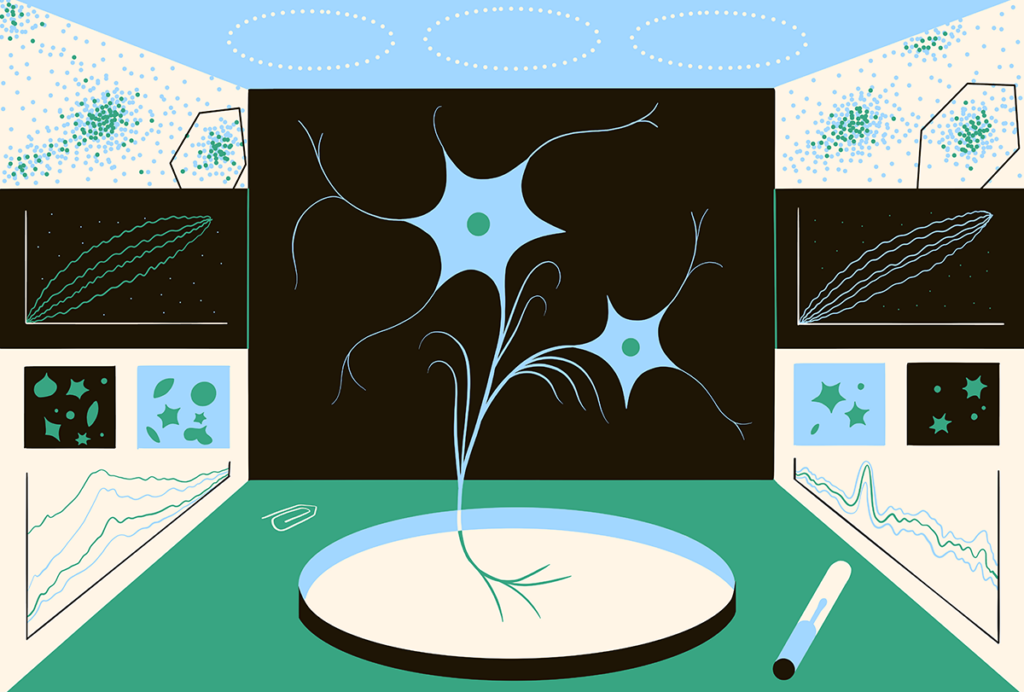
This paper changed my life: Shane Liddelow on two papers that upended astrocyte research
A game-changing cell culture method developed in Ben Barres’ lab completely transformed the way we study astrocytes and helped me build a career studying their reactive substates.
